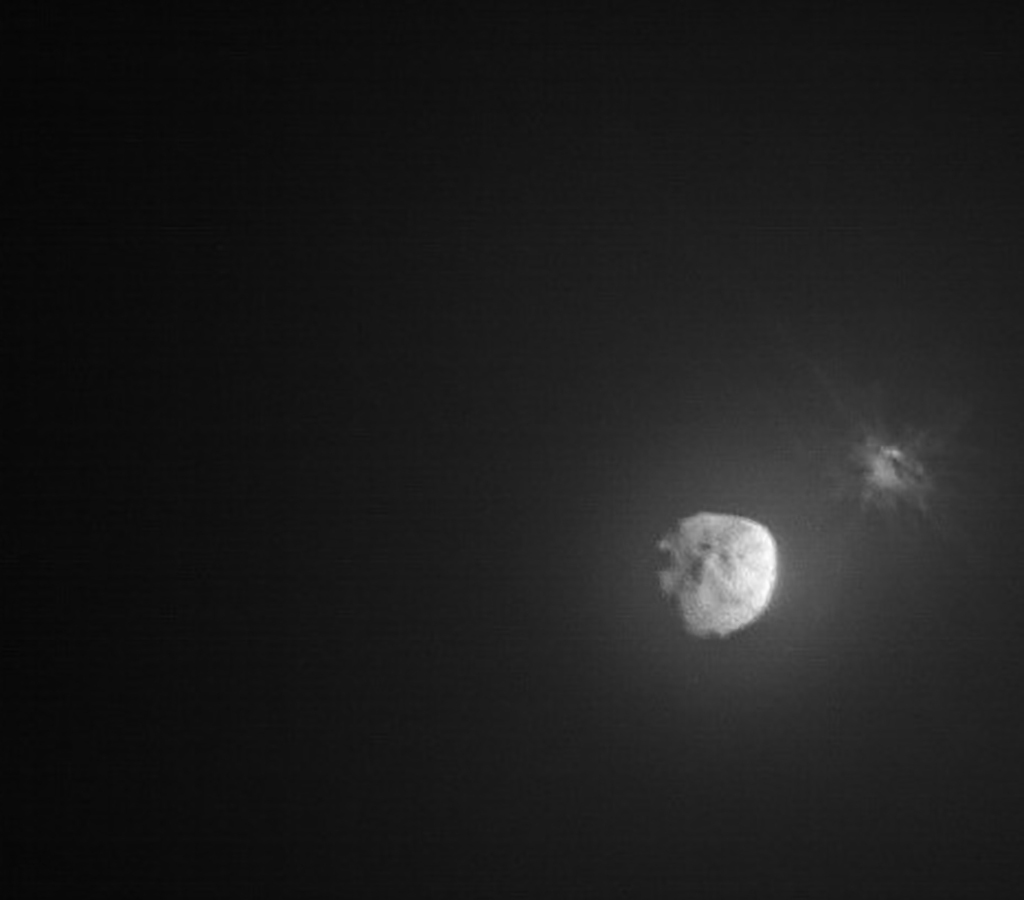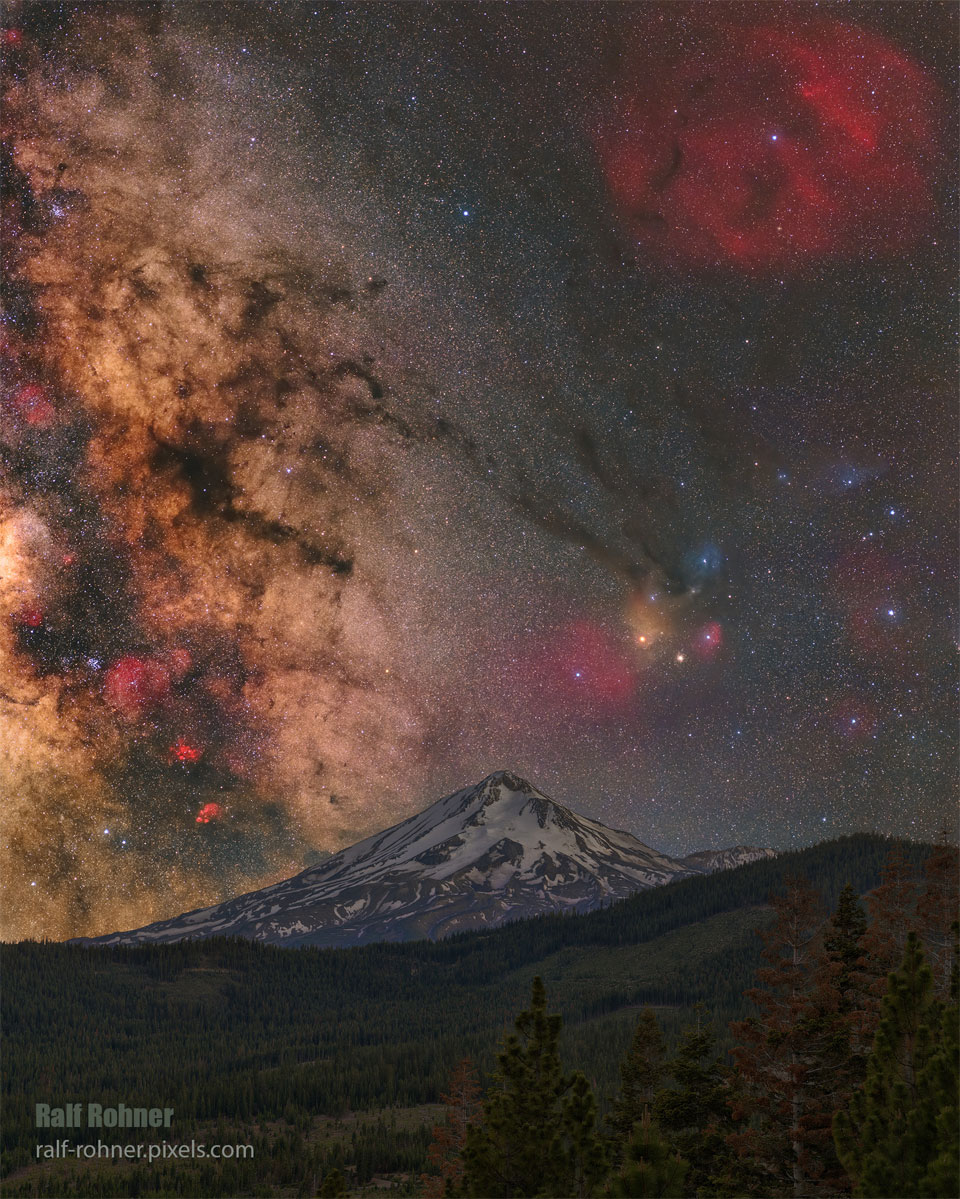안녕하세요, 잡학다식 입니다. 오늘은 과연 나사에서 어떤 방식으로 우주의 형상을 표현해 줄까요?
우선 이미지부터 볼 수 있도록 하겠습니다

해당 사진의 이름은 DART Asteroid Impact from Space 인데요 우선 NASA에서 공식적으로 발표한 설명들을 확인해 보겠습니다
Fifteen days before impact, the DART spacecraft deployed a small companion satellite to document its historic planetary defense technology demonstration. Provided by the Italian Space Agency, the Light Italian CubeSat for Imaging Asteroids, aka LICIACube, recorded this image of the event's aftermath. A cloud of ejecta is seen near the right edge of the frame captured only minutes following DART's impact with target asteroid Dimorphos while LICIACube was about 80 kilometers away. Presently about 11 million kilometers from Earth, 160 meter diameter Dimorphos is a moonlet orbiting 780 meter diameter asteroid Didymos. Didymos is seen off center in the LICIACube image. Over the coming weeks, ground-based telescopic observations will look for a small change in Dimorphos' orbit around Didymos to evaluate how effectively the DART impact deflected its target.
이번에도 광활한 우주 앞에 인간이 얼마나 작은 존재인지 다시 한번 알게 되는것 같습니다
저는 내일도 더 좋은 사진과 함께 돌아오겠습니다, 그럼 행목한 하루 되시길 바랍니다
'과학상식' 카테고리의 다른 글
| NASA 나사의 오늘의 이미지들 (2022-10-01) (0) | 2022.10.02 |
|---|---|
| NASA 나사의 오늘의 이미지들 (2022-09-30) (0) | 2022.10.01 |
| NASA 나사의 오늘의 이미지들 (2022-09-28) (0) | 2022.09.29 |
| NASA 나사의 오늘의 이미지들 (2022-09-27) (0) | 2022.09.28 |
| NASA 나사의 오늘의 이미지들 (2022-09-26) (0) | 2022.09.27 |
